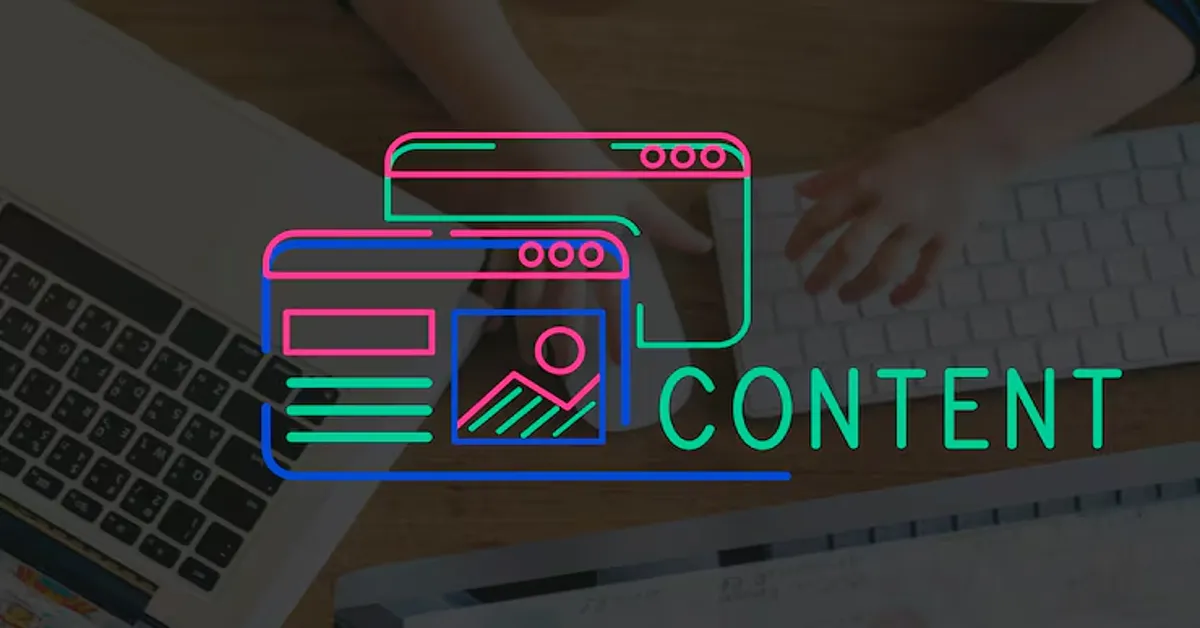Introduction to content://cz.mobilesoft.appblock.fileprovider/cache/blank.html
Have you ever stumbled across a strange URL like content://cz.mobilesoft.appblock.fileprovider/cache/blank.html and wondered what it really means? If so, you’re not alone. In today’s digital landscape, understanding various URL schemes is more important than ever. From file providers to app functionality, these seemingly cryptic addresses can hold significant meaning for users and developers alike.
In this post, we’ll dive into the intricacies of content://cz.mobilesoft.appblock.fileprovider/cache/blank.html. We will explore why it’s essential to grasp these concepts in our technology-driven world. Whether you’re an avid tech enthusiast or simply looking to enhance your knowledge about mobile apps, you’ve come to the right place. So let’s unlock the mystery behind this unique URL together!
The Importance of Understanding URL Schemes
URL schemes are the backbone of how devices communicate with applications. They dictate how information is accessed and shared across different platforms.
Understanding these schemes helps users navigate digital landscapes more efficiently. When you grasp what a specific URL means, you can utilize it to enhance your experience.
For developers, knowing URL schemes is crucial for creating seamless user experiences. It allows them to integrate various functionalities within apps smoothly.
Moreover, as security concerns rise, understanding these structures can protect against potential vulnerabilities. Users become more aware of where links lead and what data they may expose.
In today’s interconnected world, having a foundational knowledge of URL schemes empowers individuals and businesses alike. This awareness fosters better decision-making when navigating online content and sharing sensitive information.
What is a File Provider?
A file provider is a specific component within Android’s framework. It allows apps to securely share files with one another without exposing the underlying data structure.
When an app uses a file provider, it creates a secure interface for accessing its files. This way, other applications can request access without directly interacting with the storage system.
The use of URI (Uniform Resource Identifier) plays a key role here. Instead of giving direct paths to files, apps provide URIs that point to their content.
This method enhances security by controlling who can access what and how. Developers implement this feature when they want to share images or documents while keeping user data private and protected from unauthorized access.
In essence, file providers streamline interactions between apps while safeguarding sensitive information.
Benefits of Using content://cz.mobilesoft.appblock.fileprovider/cache/blank.html
Using content://cz.mobilesoft.appblock.fileprovider/cache/blank.html offers several advantages for developers and users alike.
First, it enhances security by restricting access to files. This URL scheme ensures that only authorized apps can interact with the cached data, reducing the risk of unauthorized file access.
Second, it simplifies file sharing between applications. By utilizing this specific format, apps can easily exchange information without complicated permission requests.
Additionally, this method promotes better organization within app ecosystems. It allows developers to manage temporary files efficiently while keeping them separate from other storage locations on a device.
Moreover, leveraging this structure helps optimize performance. Accessing cached resources through a streamlined provider reduces load times and enhances user experience across various platforms.
Potential Risks and Precautions
When dealing with content://cz.mobilesoft.appblock.fileprovider/cache/blank.html, it’s essential to be aware of potential risks. One major concern is unauthorized access to sensitive files. If permissions are not set correctly, malicious apps might exploit this URL scheme.
Data leakage is another issue. Files stored in cache may contain personal information that should remain private. Without proper handling, these files could inadvertently become accessible to others.
Additionally, using third-party applications can introduce vulnerabilities. Not all apps follow secure coding practices, and some may expose your data through improper file sharing mechanisms.
To mitigate these risks, always verify app permissions before installation. Regularly clear your app’s cache and understand how your data is being used by different services. Taking these precautions helps protect your information while navigating the complexities of file providers and URL schemes like content://cz.mobilesoft.appblock.fileprovider/cache/blank.html.
How to Access and Share Files with content://cz.mobilesoft.appblock.fileprovider/cache/blank.html
Accessing and sharing files using the content URI format, like content://cz.mobilesoft.appblock.fileprovider/cache/blank.html, can be straightforward. First, ensure you have an app that supports this type of file access.
To retrieve a file, you typically need to use an Intent in your Android application. This allows other apps to interact with the data without exposing it directly. Just reference the URI when creating your intent.
When it comes to sharing files, consider using a sharing mechanism within your app. You can create shareable links or even leverage third-party applications capable of handling such URIs seamlessly.
Always remember that permissions are crucial here; if another app tries to access this URI without proper permissions granted by your app, they won’t succeed. Keep security in mind while designing these interactions for best results!
Conclusion
Understanding content://cz.mobilesoft.appblock.fileprovider/cache/blank.html is crucial for anyone navigating file-sharing and app interaction on Android devices. This URL scheme embodies the intersection of application functionality and security, showcasing how apps can manage shared files while maintaining user privacy.
Recognizing the importance of URL schemes empowers users to make informed decisions about their data management. A file provider acts as a bridge between applications, allowing them to access and share files securely without compromising the inty of other apps or user data.
While there are benefits like seamless file sharing and enhanced collaboration among applications, it’s also essential to be aware of potential risks. Security vulnerabilities can arise if users do not take necessary precautions when accessing links or sharing sensitive information through these URLs.
Learning how to effectively access and share files using this specific link allows for improved app usability. By understanding both its function and significance within the broader scope of mobile technology, users can harness all that it offers while protecting their interests in an increasingly interconnected digital landscape.

















